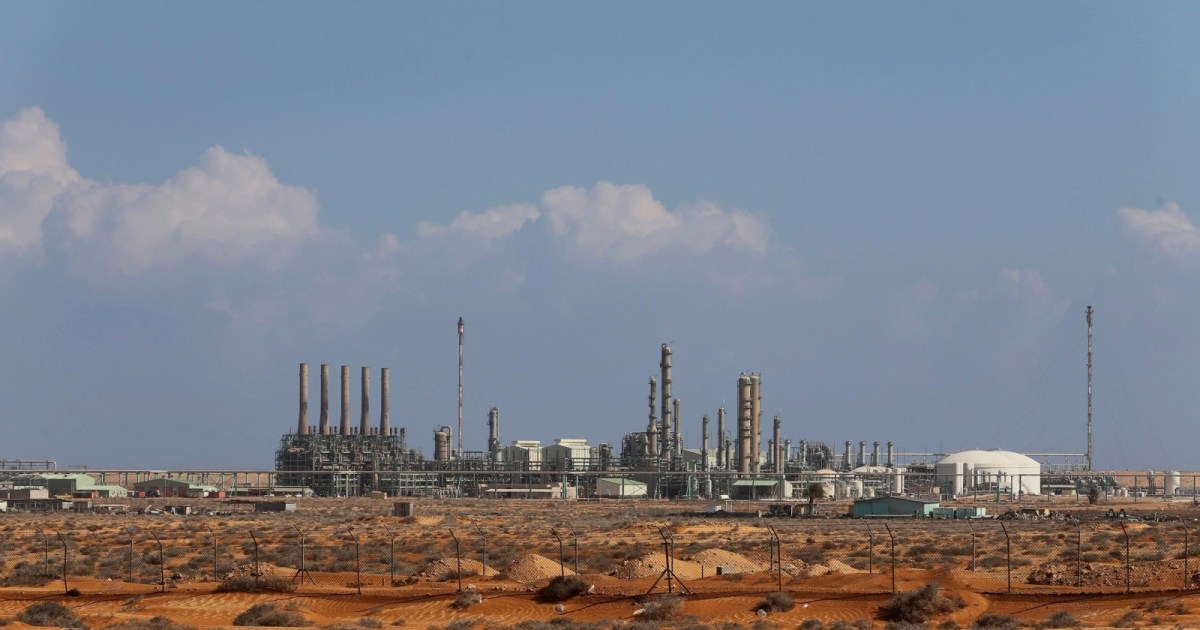The decision of the Libyan National Unity Government to agree to sell a stake in the Waha Oil Company is expected to increase the volume of oil production in Libya and return it to its previous levels.
In a report published by the American "oil price" website, writer Simon Watkins says that the political conflict in Libya is harming the energy sector, but the recent proposals made by the Ministry of Oil and Gas regarding revenue sharing can ease tensions and help increase production.
The Minister of Gas and Oil in the Libyan unity government, Mohamed Aoun, said last week that he plans to increase oil production to 2.1 million barrels per day, and increase natural gas production to 4 million cubic feet per day, in the next five years.
The Libyan National Unity Government agreed last week to sell the US “Hess Corporation” share of its concessions in the Waha Oil Company, which amounts to 8.16%, and sources close to the negotiations told “Oil Price” that the two companies “Total Energy” French Energies and American Conoco Phillips - each owning 16.3% of the shares of Al-Waha Company - are the closest to sharing the share of Hess.
According to the writer, the production of the Waha field is expected to decrease in the short term by 90,000 barrels per day in light of the pipeline maintenance operations that the field is currently witnessing, and it may witness a decline by an additional 100,000 barrels due to the storage difficulties at the Es Sider port.
But in the long term, production at the Waha field is expected to return to its previous levels, i.e. 286,000 barrels of crude oil per day, according to the Libyan National Oil Company.
Efforts to increase production
The writer adds that Total Energy and other foreign companies operating in Libya are looking forward to an additional increase in production, and have continued their efforts in this regard, despite the political wrangling that damaged the country's energy sector.
The CEO of the French company, Patrick Pouyanne, has stated on several occasions that he will continue his efforts to increase production in the fields of Al-Waha, Al-Sharara, Mabrouk and Al-Jarf, by at least 175,000 barrels per day.
Libya currently produces about 1.2 million barrels per day, compared to about 70,000 barrels per day before the lifting of the blockade on oil fields last year and the armistice agreement between the conflicting parties.
The writer explains that there is a possibility in the current circumstances to increase the volume of production to 1.45 million barrels per day by the end of 2022, and 1.6 million barrels per day by the end of 2023.
Libya has nearly 48 billion barrels of proven crude oil reserves, the largest in Africa. Prior to the overthrow of Muammar Gaddafi in 2011, Libya was easily able to produce 1.65 million barrels per day of high-quality crude oil (containing less than 0.5% sulfur). ).
Although these levels were well below the peak production of more than 3 million barrels per day in the late 1960s, before the overthrow of Gaddafi, the National Oil Corporation had ambitious plans to adopt enhanced oil recovery techniques with the aim of increasing production in mature oil fields by about 775,000 barrels per day.
The author concludes that the proposals recently sent by the Ministry of Oil and Gas to the National Unity Government - which were revealed by informed sources to "Oil Price -" include an integrated plan to organize the sector and improve production by overcoming differences, agreeing on revenue sharing and attracting foreign investments.

